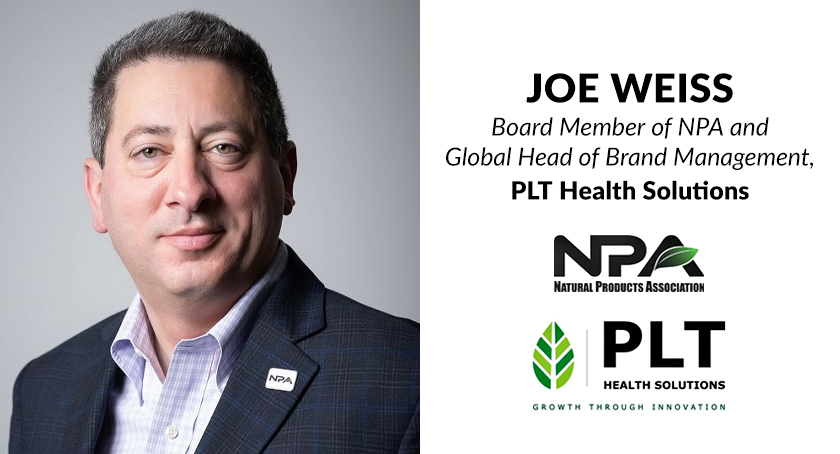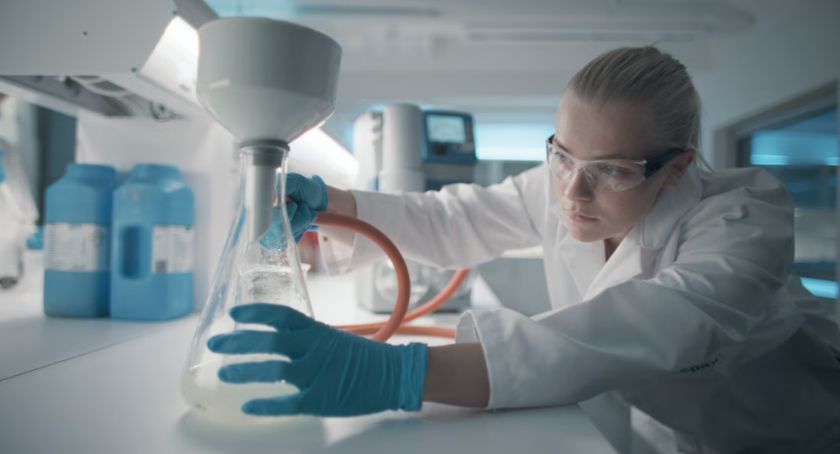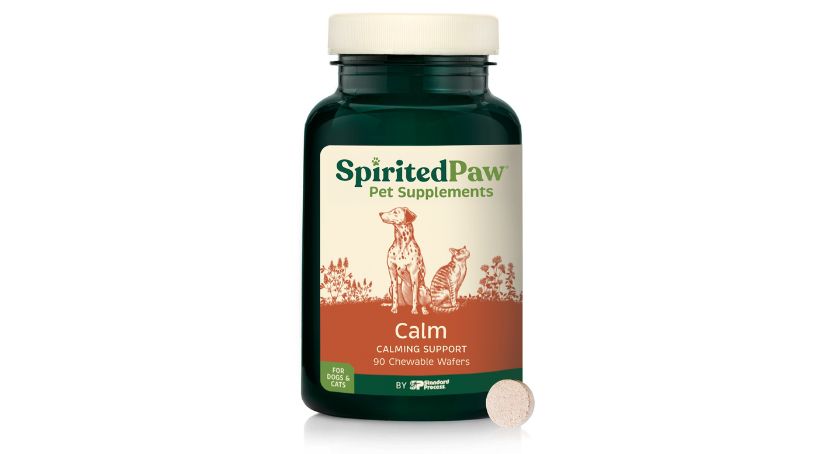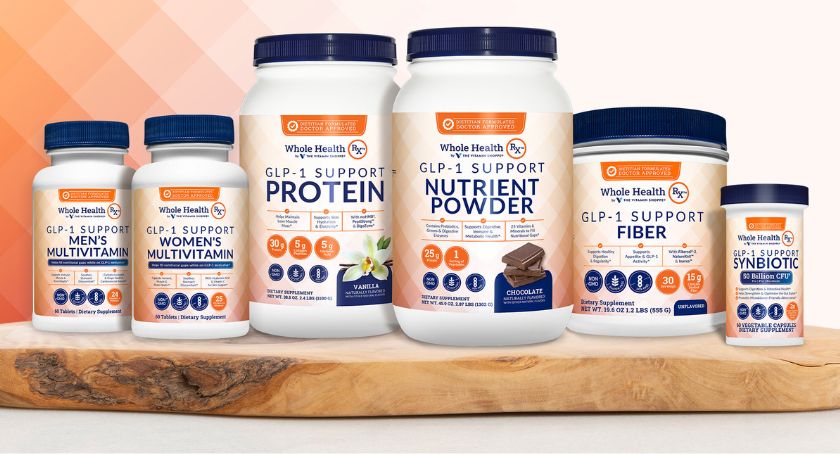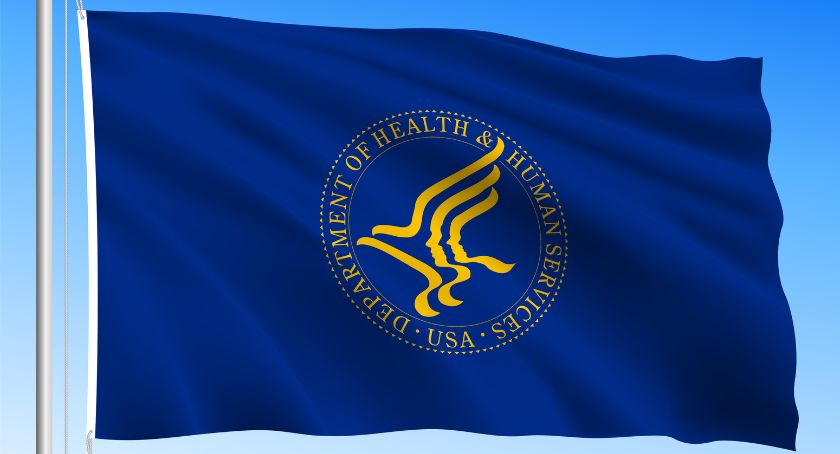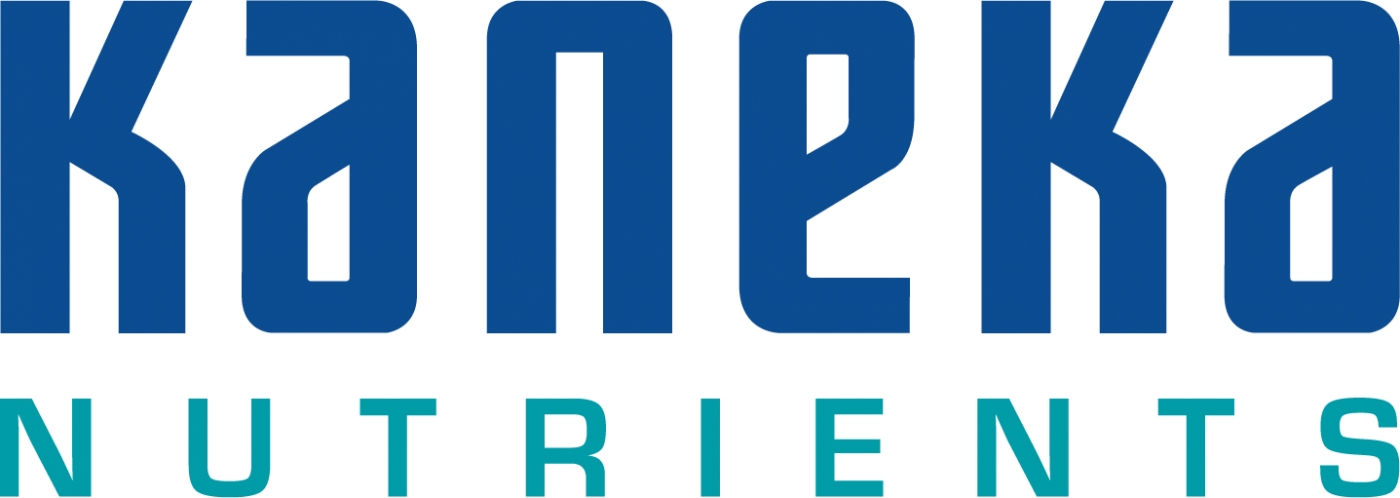Columns
Going Global with Clinical Nutrition Products
Global markets present additional regulatory hurdles, but focusing on countries with more clearly defined requirements can help simplify the process.
By: Gregory Stephens

Increasingly, manufacturers and marketers of nutritional formulations are looking beyond U.S. borders when developing new products. This expands market potential but at the same time presents new challenges. Noteworthy, adhering to multiple regulatory requirements can be confusing and increasingly difficult.
In this column we provide a global perspective for the development of clinical nutrition products. In the U.S., most of these products are regulated as medical foods; however, other countries use their unique regulatory classifications. For instance, in China what we call “medical foods” are referred to as “food for special medical purposes,” as they also are termed in the E.U. For simplicity in this discussion we refer to them as clinical nutritional products and will focus on the U.S. and E.U. standards. Also, we will focus our comments on regulatory matters, specifically claims and related clinical substantiation and safety requirements.
Clinical nutritionals represent a sizable and growing market. Global sales of what we refer to as medical foods in the U.S. are projected between $20 billion and $30 billion. Geographically, we estimate the U.S. to be 50% of the market. The E.U. follows with approximately 25% of sales with the “rest-of-world” at 25% (predominantly Asia and South America).
The majority of clinical nutrition product sales have traditionally been administered in healthcare institutions: hospitals, nursing homes, and in home care settings. The balance and fastest growing distribution channels are traditional retail outlets (e.g., pharmacies) and e-commerce.
Regulatory Framework
Unlike the E.U., U.S. regulatory agencies do not provide a clear roadmap to gain approval for launching new clinical nutrition products. One of the most important differences between these products globally is that U.S. regulatory agencies do not require premarket approval for marketing or claims, while (for instance), the E.U. (and U.K.) has a pre-approval process for health claims and product marketing associated with the medical food equivalent, Food for Special Medical Purposes (FSMP).
Additionally, the U.S. Food and Drug Administration (FDA) does not always provide regulatory requirements as law; rather, standards for nutritionals are often communicated in Guidance Documents (for instance, “Guidance for Industry: Frequently Asked Questions About
Medical Foods”).
Ahead of the U.S., the E.U. established a harmonized dietetic legal foods framework (revised in 2013) with the introduction of Foods for Specific Groups (FSG) Regulation which includes Food for Special Medical Purposes. Like medical foods in the U.S., FSMPs are foods specially formulated or processed to meet the medically determined nutrient requirements of patients with a disease, disorder, or medical condition and used under the supervision of a healthcare professional.
FSMPs can be either the only source of nourishment or part of the diet for both acute and chronic conditions, from short-term to longer-term use. There is also allowance for reduction of disease claims. For these types of claims there is a pre-approval process that requires a dossier to support the claim along with human clinicals for substantiation; it can take upwards of 6 months once submitted and the success rate to date is reportedly <5%.
Claims Substantiation
The U.S. FDA and Federal Trade Commission (FTC) work together to regulate the medical food industry. Both require that claims be substantiated, yet these agencies do not specify the exact quality and quantity of evidence required, and they provide a flexible approach for manufacturers to develop evidence to support particular claims made in product labeling.
The FDA and FTC will consider all relevant information in their review of evidence that supports claims. Generally accepted scientific and statistical principles are used to determine the quality of the studies used as evidence to substantiate a claim. Consistent with the statutory and regulatory definitions of medical foods, their use is established by medical evaluation (e.g., clinical research) based on recognized scientific principles (such as reproducibility based on repeated findings, validated primary clinical measure based on biologically relevant endpoints and reliable analytical tests, etc.).
The FDA has provided sufficient latitude for manufacturers to design and conduct clinical tests in their effort to substantiate product claims. The FDA (2008) issued guidance for industry to consider the following factors that need to be addressed in substantiating claims made in labeling:
1. The meaning of the claim(s) being made;
2. The relationship of the evidence to the claim;
3. The quality of the evidence; and
4. The totality of the evidence.
It is important to understand the meaning of the claim to the consumer as manufacturers need to substantiate these claims before commercialization. In spite of the lack of requirements for human trials for substantiation, clinical trials to support claims have increased in the last decade, driven by expectations from consumers, healthcare professionals, and the
industry itself.
Generally, substantiation expectations for medical foods would be the “gold standard” of two multicenter, double-blind human trials. However, most products now have at least one, well-designed human trial of >50 patients and some even so far as health economic trials to demonstrate improved health outcomes and reduction in cost of care through the use of the nutritional products. Other studies, including in vitro and animal studies, can be helpful to define the mechanism of nutrient action and can augment the clinical findings.
As for claims substantiations for FSMP in the E.U., the expectation is that human clinical trials be provided and will be both higher in number and size when supporting claims related to disease management or risk reduction.
Safety & Quality
Although there are specific submission differences between the U.S. and E.U., the fundamentals are the same. All food ingredients must be demonstrated as safe before they can be marketed in the country in question.
Safety of the ingredient will be demonstrated by the following:
- Approved by the FDA or E.U. as a food additive or color additive,
- Prior sanctioned by the regulatory agency (FDA, EFSA), and/or
- Generally Recognized As Safe (GRAS) either by the FDA or self-determined by a panel of experts qualified by training and experience (21 CFR 170).
All ingredients and products must follow good manufacturing practices (GMPs) associated with the country where manufactured and sold.
U.S. Safety Requirements Specific to Medical Foods
An ingredient that is added to a medical food must be demonstrated to be safe and in compliance with all applicable provisions of the Food, Drug, and Cosmetic Act (FD&C) and FDA regulations. Any ingredient added to a medical food should be at least one of the following:
- A food additive used in accordance with FDA’s food additive regulations (see 21 CFR part 172),
- A color additive used in accordance with the color additive regulations (see 21 CFR parts 73 and 74),
- A substance that is generally recognized, by qualified experts, to be safe under the conditions of its intended use (GRAS) [see 21 CFR 170.30 and 21 U.S.C. 321(s)], or
- A substance that is authorized by a prior sanction [see 21 CFR 170.3(l), 21 U.S.C. 321(s)(4)].
E.U. Safety Requirements for FSMPs Foods
European documentation requirements for Foods for Special Medical Purpose focus on scientific and technical information and data. The European Food Safety Authority (EFSA) requires a well-structured dossier that presents technical information and scientific data in a common format. The data provided in the dossier should be organized into the
following sections.
- Administrative and Technical
- Characterization of Specific Food
- Proposed Use(s)
- Characterization of Disease/Disorder or Medical Condition, and of Patients (for whom the product is intended)
- Specific Role of Food Product in Dietary Management of Patients
Even though these safety standards differ slightly between the U.S. and E.U., on a practical basis, the GRAS self-determination process has been used for determining the safety and regulatory acceptability for both food and supplement ingredients. The evidence for a GRAS determination must primarily be publicly available (e.g., articles published in scientific journals, government reports, etc.) to achieve and support general recognition (the GR part of GRAS) by the scientific community.
Technical evidence of safety includes the chemical identity of the substance, the method of manufacture, analytical data on composition and specifications, estimates of dietary exposure, and safety data from animal and human studies. (Note: GRAS Determinations can be Self-Determined or Voluntary FDA Notification.)
Developing clinical nutrition products for global markets certainly introduces additional regulatory hurdles; however, focusing efforts on countries with more clearly defined requirements can help simplify the process. If your company does not have international regulatory expertise on staff, seeking counsel from a qualified consultant or attorney is strongly recommended. Having the ability to smoothly expand product distribution to new markets can be rewarding both from a patient care standpoint and financially.
About the Author: Greg Stephens, RD, is president of Windrose Partners, a company serving clients in the the dietary supplement, functional food and natural product industries. Formerly vice president of strategic consulting with The Natural Marketing Institute (NMI) and Vice President of Sales and Marketing for Nurture, Inc (OatVantage), he has 25 years of specialized expertise in the nutritional and pharmaceutical industries. His prior experience includes a progressive series of senior management positions with Abbott Nutrition (Ross Products Division of Abbott Laboratories), including development of global nutrition strategies for disease-specific growth platforms and business development for Abbott’s medical foods portfolio. He can be reached at 267-432-2696; E-mail: gregstephens@windrosepartners.com.







